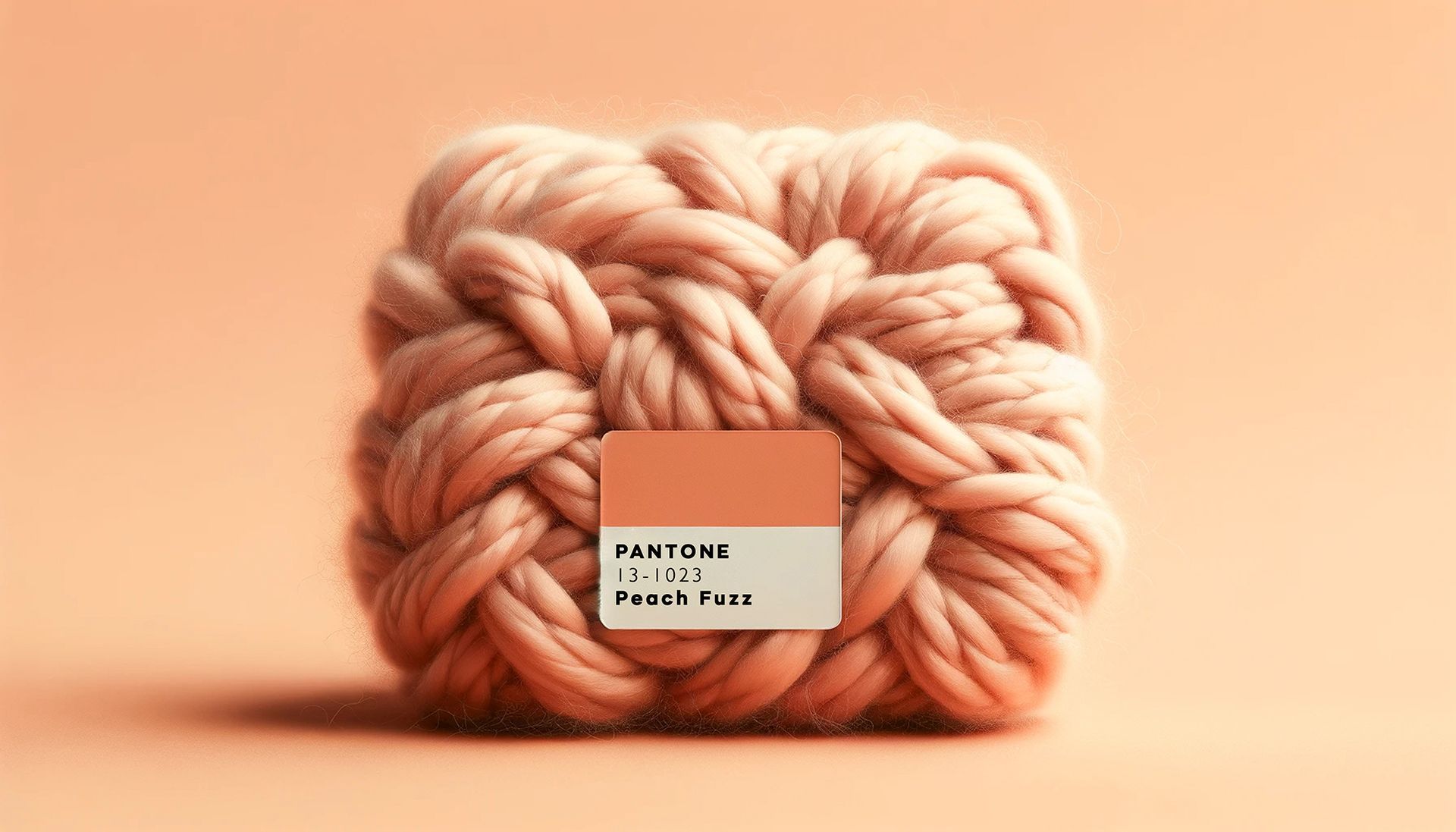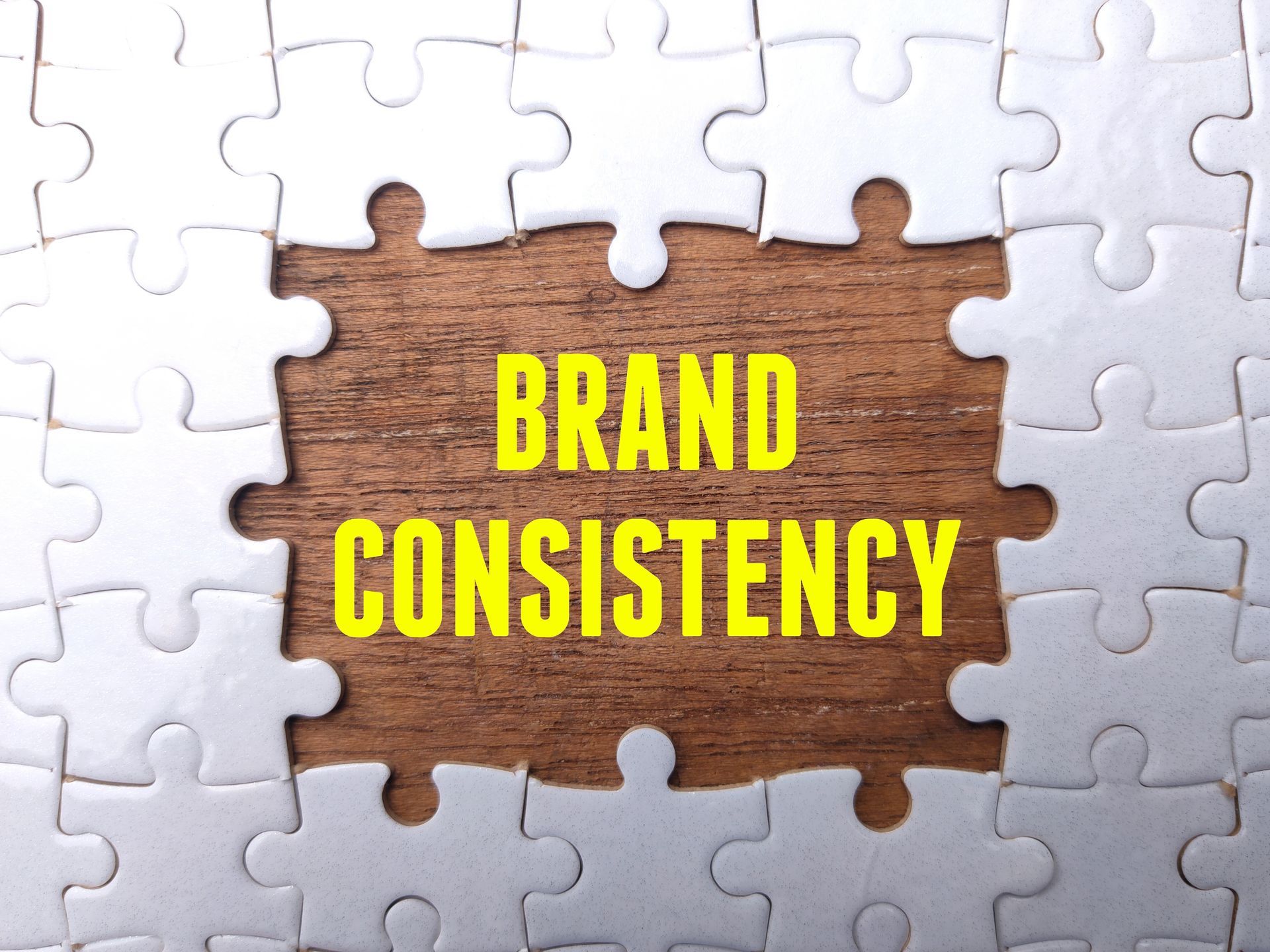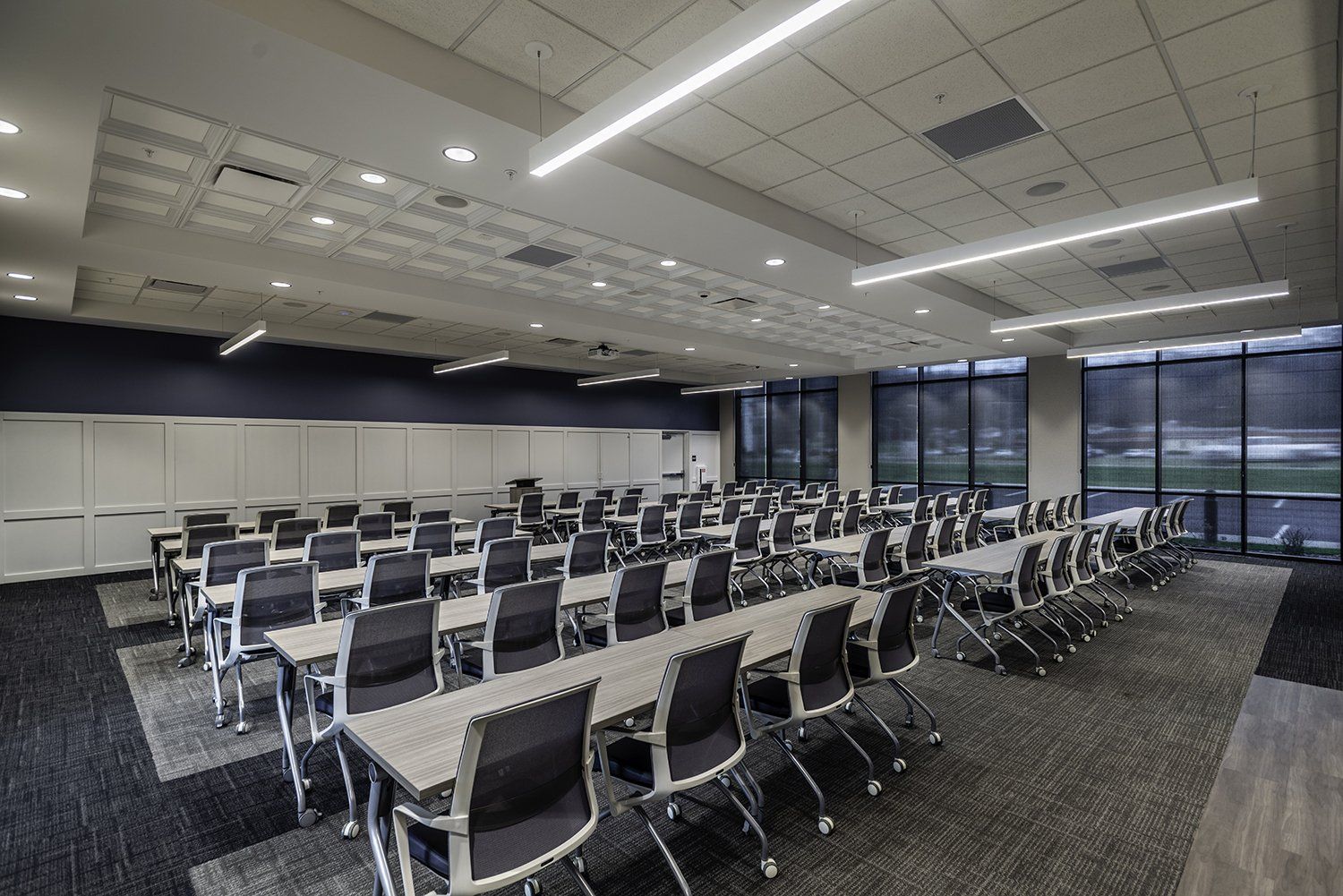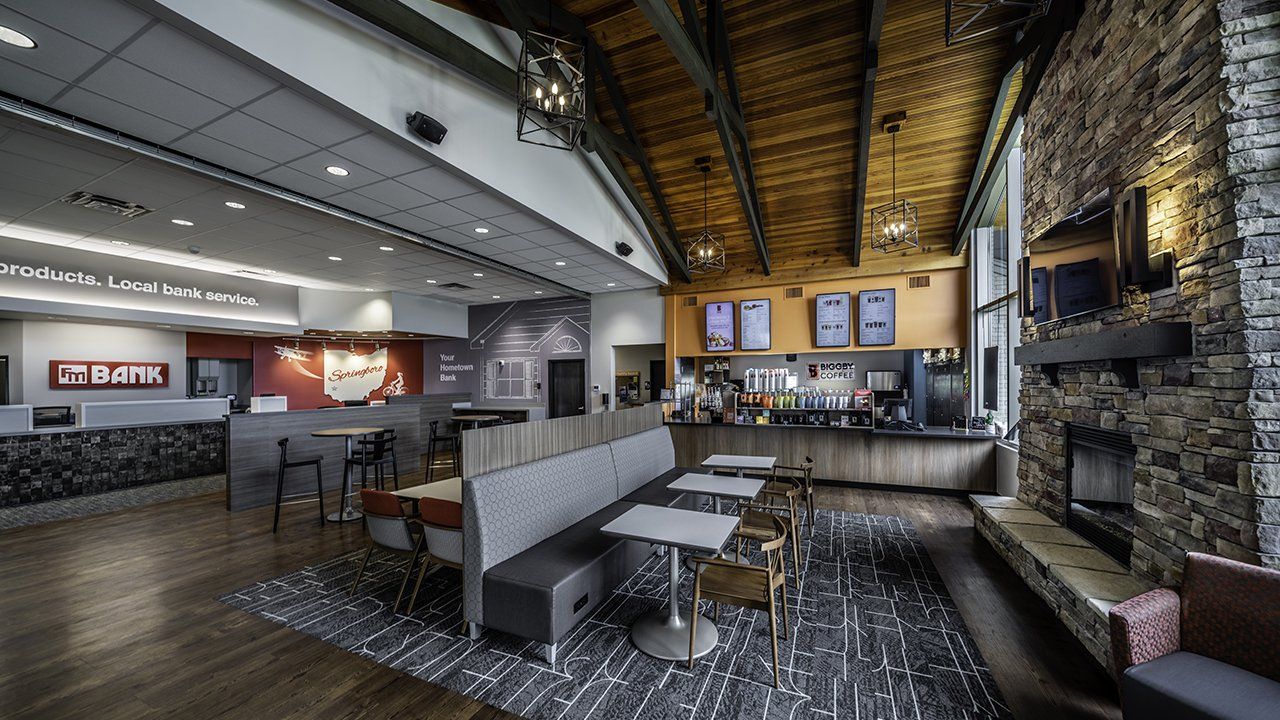Menu
Follow us on:

WHAT IS INTERIOR DESIGN?
My role at K4 is an Interior Designer. So when someone asks me what I do for a living and I tell them I am an Interior Designer their first reaction is “Oh cool, you have a fun job,” followed by “Can you come and do my house?” This common misconception led me to write this blog post describing Interior Design and breaking down the differences between an Interior Designer and an Interior Decorator. There are some pretty major distinctions, as described below.
Interior Designer vs. Interior Decorator
Projects undertaken by an Interior Designer vary widely as the profession is multi-faceted and not always clearly defined. Terms such as decorator and designer are often used interchangeably. However, there is a distinction between the terms that relates to the scope of work performed, the level of education attained, and often, professional accreditation as an Interior Designer. Another big difference is that Interior Designers typically work more on commercial projects where Decorators focus more on residential projects.
What is Interior Design?
Interior Design is creative discipline which requires developing and implementing practical solutions that are applied within a space to complete a built interior environment. These solutions are functional, aesthetically pleasing, and enhance the quality of life and culture of the occupants. It is the process of shaping the experience of the interior space, through the manipulation of spatial volume as well as surface treatment. It draws on aspects of environmental psychology, architecture, and product design in addition to traditional decoration.
Interior designs are created in response to and coordinated with the building shell as well as the physical location and social setting of the project. Designs must adhere to code and regulatory requirements, and encourage the use of environmental sustainability. The Interior Design process follows an organized and coordinated approach; including research, analysis, and integration of knowledge into the creative process; whereby the needs and resources of the client are satisfied to produce an interior space that fulfills the project goals.
What Do Interior Designers Do?
Interior designers may perform some or all of the following activities:
- Programming
- Design documents, drawing, and diagrams
- Select colors, materials, and finishes
- Select and specify the furniture, fixtures, equipment, and millwork
- Develop the contract documentation to facilitate pricing, procurement, and installation of furniture
Interior Design Services
According to the NCIDQ Examination by the Council for Interior Design Qualification, Interior design includes a scope of services performed by a professional design practitioner, qualified by means of education, experience and examination, to protect and enhance the health, life safety and welfare of the public.
These services may include any or all of the following tasks in addition to the duties above:
- Confirmation that preliminary space plans and design concepts are safe, functional, aesthetically appropriate, and meet all public health, safety and welfare requirements.
- Project management services, including preparation of project budgets and schedules.
- Preparation of construction documents, consisting of finish plans, elevations, details and specifications; power and communications locations; reflected ceiling plans and lighting designs; materials and finishes; and furniture layouts.
- Coordination and collaboration with other design professionals including but not limited to architects; structural, mechanical and electrical engineers, and various specialty consultants.
Common Myths About Interior Design
- Interior Designers are not the same as Interior Decorators.
- An Interior Designer that specializes in commercial design is not necessarily equally skilled at residential design.
- Interior Designers by trade are not trained in accessorizing, and all women are not good at picking colors and decorating.
How is Interior Design Unique at K4?
- We do not only specify the furniture, we act as a furniture dealership. This means we purchase, expedite, deliver and install all of the furnishings to our clients.
- We also provide graphic design services and branding packages, including sigange, logos, promotional and environmental graphics.
- We specialize in coordinating all the elements of a successful interior to turn your space into one of your most powerful marketing assets.
Some Project Examples Before and After K4 Interior Design Services

Antwerp Exchange Bank – Before & After

First City Bank Offices – Before & After
What Kind of Interior Professional Do You Need?
In summary, knowing the difference between the two interior professions – Designer and Decorator will make you much more equipped in hiring the right kind of professional for your project.











